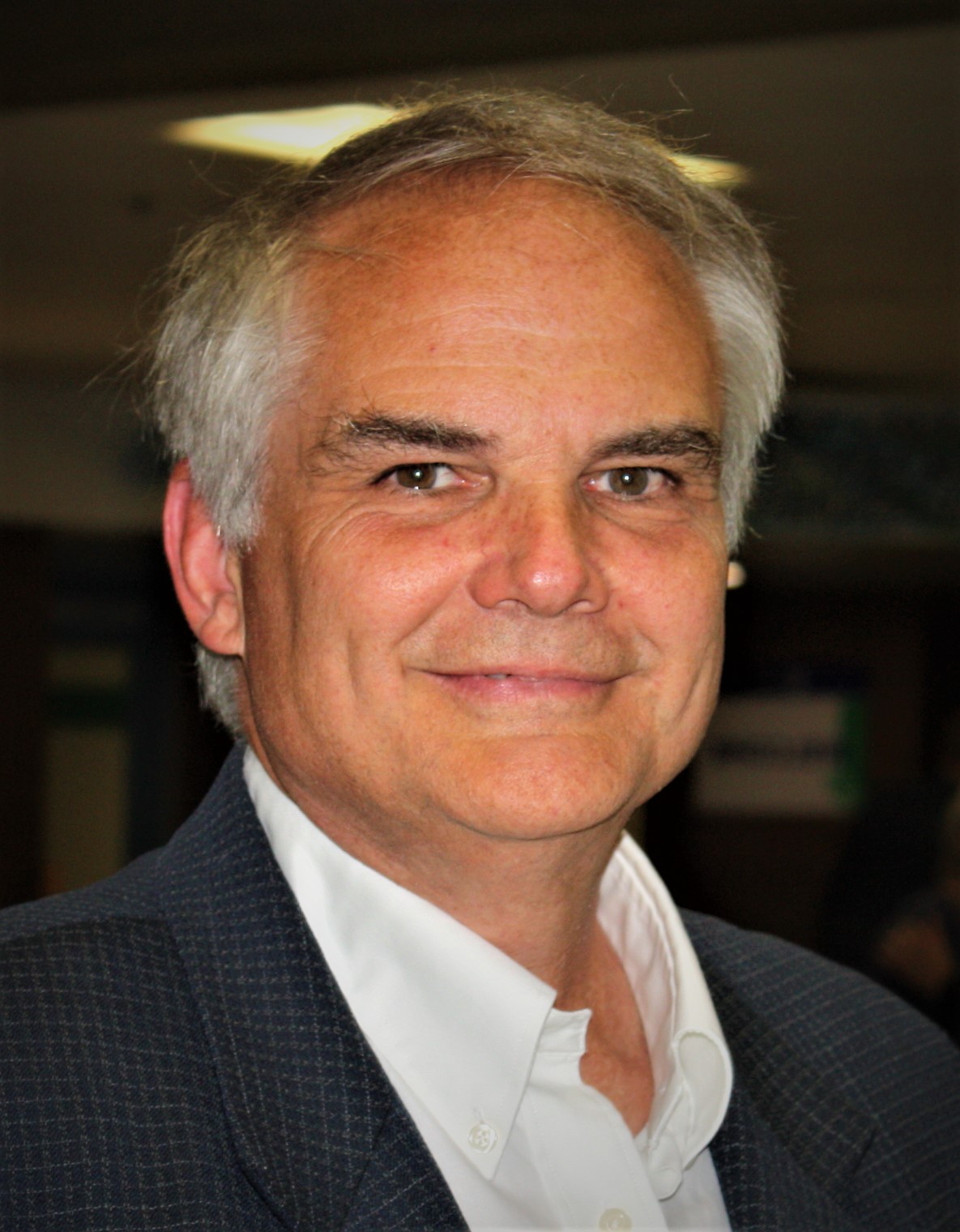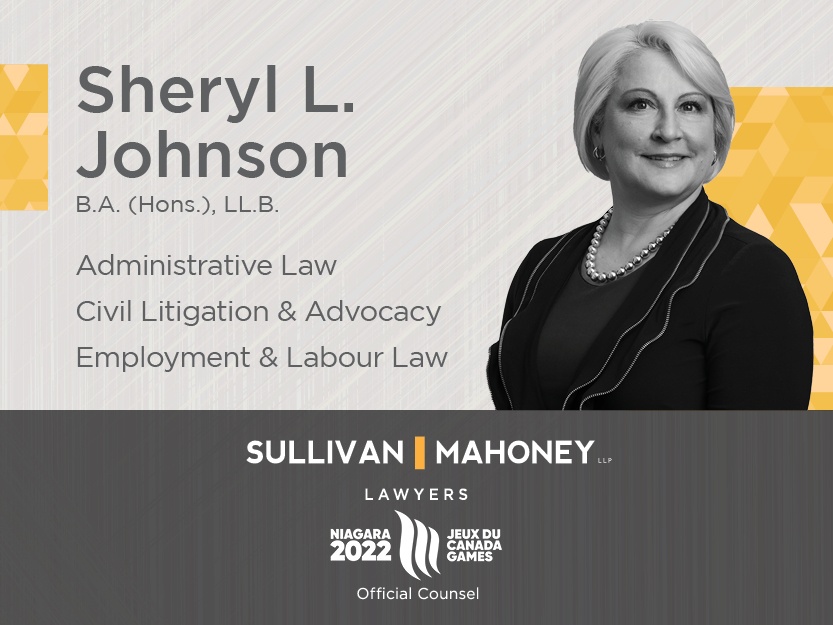A consensus can be drawn from recent economic data that the Canadian economy is in a precarious state. For a decade the Liberals’ big spending, big government approach to managing the economy has left the country in a weakened condition to respond to, and perhaps pivot from, the trade threats posed by the United States. Fresh from their electoral victory it is the same Liberals who must find the country’s footing in an increasingly difficult financial situation.
Over the last two years there have been a steady stream of reports documenting Canada’s sagging economic performance that has exacerbated Canadians’ anxieties about their finances. Nearly one in two Canadians (45 per cent) report that last year’s rising prices greatly affected their ability to meet day-to-day expenses (12 per cent higher than what it was in 2022), according to Statistics Canada. Last year BDO Debt Solutions reported that inflation and the rising cost of living remain the top concerns for 40 per cent of Canadians, and CPA Canada revealed a staggering 83 per cent of Canadians have altered their financial plans in response to the growing economic uncertainty.
Life has become increasingly difficult for many Canadians, and this has resulted in societal tensions that have never been seen in our country. Today, one in four Canadians worry about their next meal, millions regularly visit food banks, and Statistics Canada just released the fact that four million Canadians live below the poverty line. Homelessness has risen. Violent crime is up 30 per cent in this last decade. Drug use and drug death is up.
CBC News recently publicized a RCMP report that paints a bleak picture of what Canadians could face over the next few years, “The coming period of recession will also accelerate the decline in living standards that the younger generations have already witnessed compared to earlier generations.” A Privy Council report in January forecasted “plausible outcomes” of the country’s economic malaise where “downward social mobility is the norm” and “people cannot afford to live on their own.” Statistics Canada released economic data in March that reports Canadians’ standard of living has fallen again last year.
To address this deterioration of the country’s economic status, Prime Minister Mark Carney has promised to spend his way out of Canada’s difficult times. Plus ça change, plus c’est la même chose. Though the Trudeau Liberals oversaw the doubling of Canada’s national debt and delivered 10 years of consecutive deficit budgets in which government spending near doubled, the Carney Liberals promised to out-spend this outlandish record. During the election campaign, Carney promised $130 billion of additional spending on the Trudeau government’s previously published fiscal plan through 2029. Canadians will learn the details of the government’s fiscal approach when the Carney government delivers its first budget in early June.
On the point of government spending, it only took 24 hours after Carney’s victory for the credit rating agency Fitch to warn that, should the Liberals implement their platform and its structural deficits, the country will risk losing its AAA credit rating. Fitch stated, “Canada has experienced rapid and steep fiscal deterioration, driven by sharply weaker economic outlook and increased government spending…”
A few days later, Deloitte followed this warning with a spring outlook report that stated the Canadian economy was heading for a recession this year. Deloitte projects a “modest downturn” through the next two quarters of 2025 with the U.S. tariffs impacting the country’s gloomy outlook. Deloitte states, “Business confidence is cooling. Investments are stalling. Canada’s economy is walking on a tightrope” and then suggests to the Carney government that “this may be our moment to build a more resilient, productive, and diversified future.”
The current condition of the country’s economy after a decade of Liberal fiscal and economic policies points to the advisability that the federal government should adjust its approach – and herein lies the issue of having the Liberals course-correct the plan they themselves set. Carney has been a central player in advising on fiscal and economic policy since 2020. During this same time period he was the central player in advancing global financial objectives for achieving the climate goals of the United Nations and World Economic Forum. Carney believes in a state interventionist top-down approach that is primarily focused on meeting international net-zero climate goals.
Last Friday Carney held his first national press conference to suggest to the nation what his government will hold as priorities through its mandate. In repeating his ominous statement that Canada’s trade relationship with the U.S. has ended, Carney promised the “biggest transformation” of the Canadian economy since the end of the Second World War. He said, “it’s time to build and my government is getting to work, to build. Build big, bold and build now.”
Canadians will get their first glimpse of exactly what this “bold” rhetoric means when King Charles III delivers the Throne Speech a few weeks hence. In that speech the government will describe its path forward – and perhaps share how it intends on diversifying the country’s trade, increase productivity, lower infrastructure barriers to growth, increase both business confidence and foreign investment, and meet the imperative of increased spending on defence.
In the context of the trade tensions with the U.S., the government will also need to signal how it will support Canadian industry and increase business confidence. This will be an important message in this time of economic uncertainty as business bankruptcies across Canada have risen to their highest level in 15 years. Last year, insolvencies and bankruptcies were up over ten per cent; the latest data from the Canadian Association of Insolvency and Restructuring Professionals shows the country is suffering through the worst period since the 2009 financial crisis, with more than 1,300 companies filing for bankruptcy during the third quarter of 2024.
There have been many Canadian businesses decisions to jump ship to more navigable waters south of the border. In the first quarter of 2025, Irving Paper closed half of its operations in New Brunswick, and, at the same time, the company announced it would be investing millions to expand its facilities in the southern United States (but Irving has stated these two announcements are not linked). Also, petrochemical giant Dow Inc. announced it is delaying a $9 billion project in Alberta. In the last couple of weeks, both automobile companies Stellantis and General Motors announced production adjustments resulting in significant worker layoffs in their assembly plants in Windsor and Oshawa respectively (not to mention the Stellantis Brampton facility, which is still closed).
This week there was more troubling news for the Canadian business community as U.S. oil company Sunoco presented a $7.7 billion takeover bid for Canadian Parkland Corp., owners of more than 4,000 Esso, Pioneer, and Ultramar gas stations, a B.C. oil refinery, as well as the country’s convenience store chain On the Run. This news is especially raw for many Canadian patriots given Sunoco’s chairman is Ray Washburne, who has a strong connection with U.S. President Donald Trump, and a couple of the company’s lead investors are Blackrock and Brookfield Infrastructure Partners, a subsidiary of Brookfield Asset Management. Most disturbing about this deal is that financial analysts report Sunoco has swooped in to prey on a company that has been weakened by a number of financial factors in Canada as well as the uncertainty of the U.S. trade tariffs.
Ironically, the Canadian business community is seeking reassurances from Carney who, as chairman of Brookfield Asset Management, moved the trillion-plus dollar Canadian firm from Toronto to New York. With this move Brookfield avoided millions of dollars in Canadian taxes and, strategically, it was positioning itself favourably with the Trump administration. The New York move has already proved profitable for investors (Carney included) with the news that Brookfield has purchased Colonial Pipeline, a pipeline system that will move 100 gallons of fuel daily from Houston, Texas to the New York harbor.
And, ironically, Canadians are trusting that the same Liberals who placed the country’s economy onto the tightrope will be able to walk the line and deliver us from a fall.

Chris George is an advocate, government relations advisor, and writer/copy editor. As president of a public relations firm established in 1994, Chris provides discreet counsel, tactical advice and management skills to CEOs/Presidents, Boards of Directors and senior executive teams in executing public and government relations campaigns and managing issues. Prior to this PR/GR career, Chris spent seven years on Parliament Hill on staffs of Cabinet Ministers and MPs. He has served in senior campaign positions for electoral and advocacy campaigns at every level of government. Today, Chris resides in Almonte, Ontario where he and his wife manage www.cgacommunications.com. Contact Chris at chrisg.george@gmail.com.






